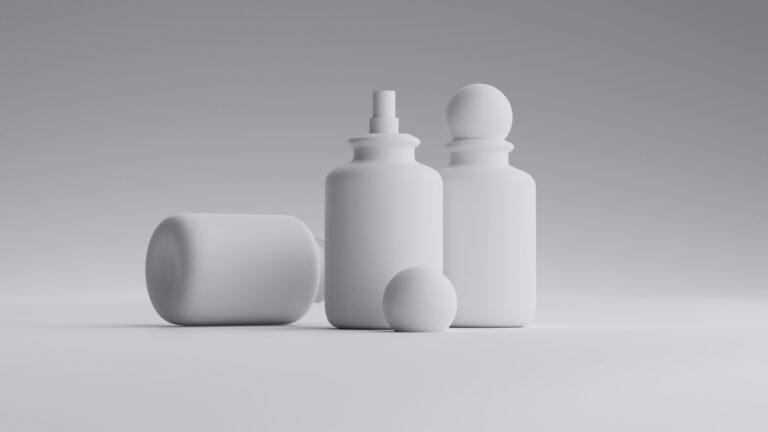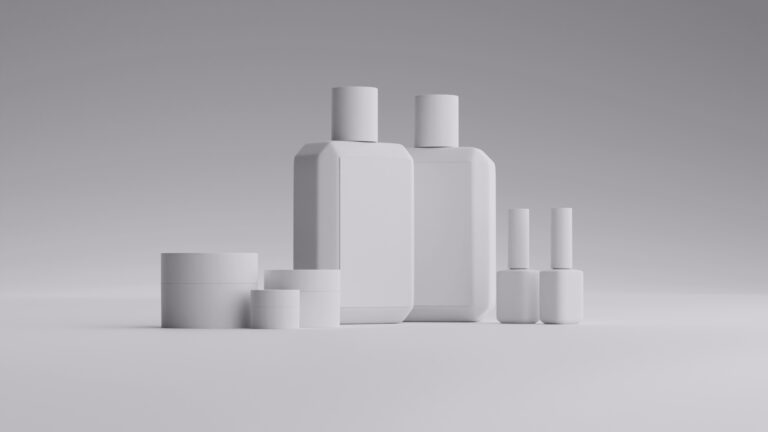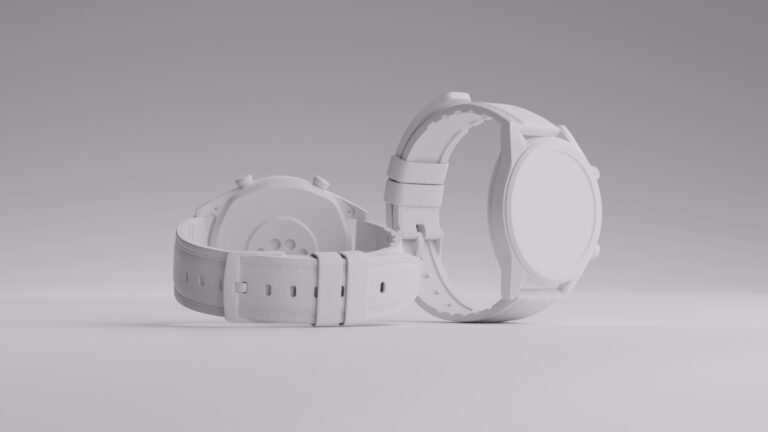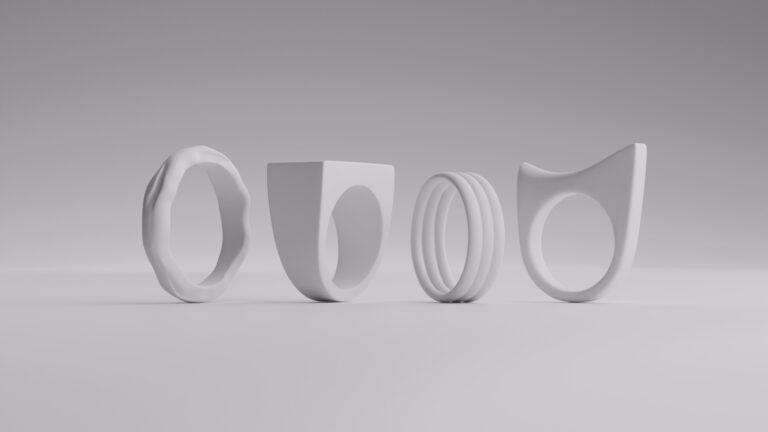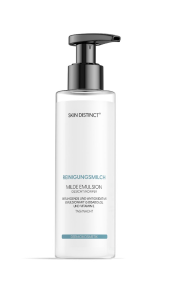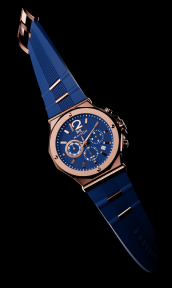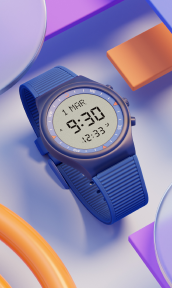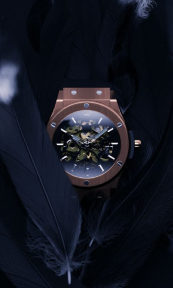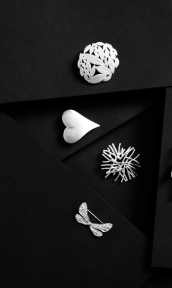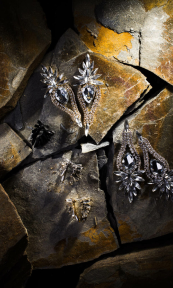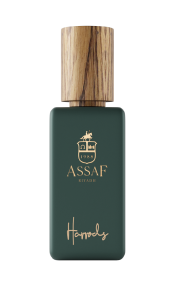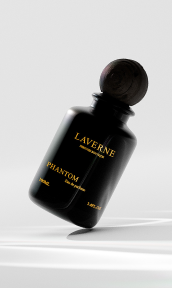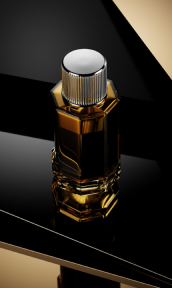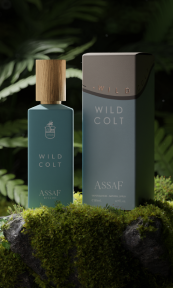Watch photography stands at the intersection of art and commerce, demanding technical precision and aesthetic excellence. For luxury timepieces and everyday watches alike, captivating product images drive sales, build brand identity, and showcase intricate craftsmanship. As competition in the e-commerce space intensifies, watch sellers need imagery that stops browsers mid-scroll and converts them into buyers.
The evolution of photography technology presents new opportunities for watch sellers to create stunning visuals without breaking the bank. From traditional studio setups to AI-powered solutions and professional CGI services, businesses now have multiple paths to achieve professional-quality watch photography. Let’s explore how these approaches can transform your product presentation and put you at the top of the e-commerce game.
The traditional approach: watch photography fundamentals

Professional watch photography has historically demanded significant investments in equipment, space, and expertise. A proper studio setup requires macro lenses ($500-1500), specialized lighting equipment ($1000+), and various accessories like polarizing filters, reflection cards, and precision-controlled turntables. Photographers must master techniques like focus stacking to capture every detail from the dial to the crown while managing reflections on crystalline surfaces. The investment often extends to specialized software licenses and calibrated monitors for accurate color reproduction.
The complexity extends beyond equipment. Watch photography specialists spend years perfecting their craft, learning to control unwanted reflections while highlighting desirable ones. Each session requires meticulous preparation – cleaning the watch, positioning it precisely, and adjusting multiple light sources to achieve the perfect balance of highlights and shadows. Photographers must also understand watchmaking terminology and mechanics to effectively communicate with brands and highlight key features.
Post-processing adds another layer of complexity. Professional retouchers often spend hours removing dust particles, adjusting color balance, and ensuring consistent product representation across an entire catalog. This traditional approach, while delivering excellent results, typically costs hundreds of dollars per image and requires significant lead time. The editing process alone can involve dozens of layers and masks to achieve the perfect balance of sharpness and detail across different watch components.
The resource-intensive nature of traditional watch photography creates barriers for smaller brands and independent sellers. When multiplied across an entire product line, the costs can become prohibitive, leading many businesses to seek more efficient alternatives. Additionally, the time required for scheduling, shooting, and post-processing can delay product launches and marketing campaigns, potentially impacting market competitiveness.
Embracing AI: streamlined solutions for watch photography

Modern AI photography tools have revolutionized the way we approach watch product imagery. Platforms like Pebblely and other AI generators allow users to transform basic watch photos into professional-looking compositions within minutes, dramatically reducing both costs and production time. These systems leverage sophisticated machine learning algorithms trained on millions of professional product images.
These tools excel at automated background removal, a traditionally time-consuming task. Upload a decent watch photo, and AI instantly isolates the timepiece from its original background, maintaining fine details around lugs, crowns, and bracelet links. This functionality alone saves hours of manual editing work and provides consistency across product lines. Advanced AI systems can even detect and preserve subtle shadows and reflections that add depth to the final image.
The real magic happens in background generation and theme customization. AI tools offer extensive libraries of pre-designed environments, from minimal studio setups to luxurious lifestyle contexts. Users can further refine these settings through simple text prompts, specifying lighting conditions, materials, and atmospheric effects that complement their brand identity. The systems understand nuanced descriptions like “morning sunlight through venetian blinds” or “reflection on polished marble,” creating sophisticated environmental contexts for timepieces.
Additionally, these platforms often include built-in color harmony tools that ensure your watch imagery aligns with your brand’s visual identity. They can automatically generate complementary color schemes and adjust lighting temperature to maintain consistency across your entire product catalog. Many also offer batch processing capabilities, allowing you to apply successful settings across multiple product images simultaneously.
Pushing boundaries: advanced AI capabilities

AI photography platforms continue to evolve, offering increasingly sophisticated features for watch presentation. Modern systems can generate realistic reflections, adjust lighting dynamics, and even create multiple angles from a single reference image. The technology has become adept at understanding watch-specific features, from different case materials to various strap textures.
These advances come with practical applications for e-commerce. Sellers can quickly generate multiple variations of product images for A/B testing, seasonal campaigns, or different marketplace requirements. The ability to produce consistent, high-quality images at scale helps maintain brand coherence across various platforms. Advanced AI systems now offer features like automatic detail enhancement for complications, intelligent glare reduction, and even the ability to simulate different wearing scenarios.
Recent developments in AI technology have introduced capabilities like style transfer, allowing brands to maintain consistent visual aesthetics across their entire catalog. Some platforms can now generate complete 360-degree product views from just a few reference images, and others are beginning to incorporate augmented reality features for enhanced customer engagement. The integration of natural language processing has made it possible to generate entire product photography sets through detailed text descriptions alone.
Understanding AI limitations

While AI photography tools offer impressive capabilities, they come with certain constraints that users should understand. The quality of AI-generated images heavily depends on the input material – poor lighting or focus in the original photo will limit the AI’s ability to produce professional results. This “garbage in, garbage out” principle remains a fundamental consideration in AI photography.
Technical limitations become particularly apparent when dealing with complex watch features. Highly polished surfaces, transparent elements, and intricate dial details may not always render accurately. AI systems sometimes struggle with precise depth perception, potentially creating unrealistic shadows or reflections that require manual correction. The technology also faces challenges with unusual watch shapes or non-traditional designs that fall outside its training parameters.
Control and customization limitations also exist. While AI tools offer impressive automation, they may not provide the pixel-level control that professional photographers achieve in traditional setups. Some specific creative effects or brand-mandated requirements might prove difficult to replicate exactly. Additionally, AI-generated images might occasionally display subtle inconsistencies across a series, requiring careful quality control and potential manual adjustments.
CGI mastery: the professional edge in watch visualization

While AI tools offer accessible solutions for basic product photography, Computer Generated Imagery (CGI) represents the pinnacle of watch visualization. Professional CGI services, like those offered by us at Welpix, combine technical precision with creative flexibility to produce photorealistic images that exceed the capabilities of both traditional photography and general AI tools.
CGI allows for perfect control over every aspect of the image – from lighting and materials to camera angles and environmental effects. This level of detail ensures that every watch feature is presented optimally while maintaining absolute consistency across product lines.
Working with a professional CGI team provides additional advantages in terms of customization and brand alignment. Experts can create unique environments, implement specific brand guidelines, and deliver images optimized for different platforms – all while maintaining the highest standards of photorealism.
Wrapping up
The landscape of watch product photography continues to evolve, offering businesses multiple paths to achieve professional results. While traditional photography maintains its place in the industry, AI tools and CGI services provide innovative solutions for different needs and budgets. By understanding these options, watch sellers can choose the approach that best serves their brand vision and business goals.
FAQ
How much do AI photography tools cost compared to traditional watch photography?
AI tools typically operate on subscription models ranging from $20-200 monthly, while traditional photography can cost $200-500 per image.
Can AI tools handle complex watch features like chronographs and moonphases?
While AI tools manage basic watch photography well, intricate complications might require professional CGI services for optimal representation.
What kind of image quality do I need for uploading to AI tools?
Most AI platforms recommend high-resolution images (at least 2000×2000 pixels) with even lighting and clear focus on the watch.
How long does it take to generate AI watch photos?
Generation times vary by platform but typically range from 30 seconds to 5 minutes per image, depending on complexity and quality settings.
Should I combine different approaches for my watch photography needs?
Many successful brands use a mix of methods — AI for rapid prototyping and social media content, CGI for hero shots and catalog images, and traditional photography for special editions or detailed close-ups.




